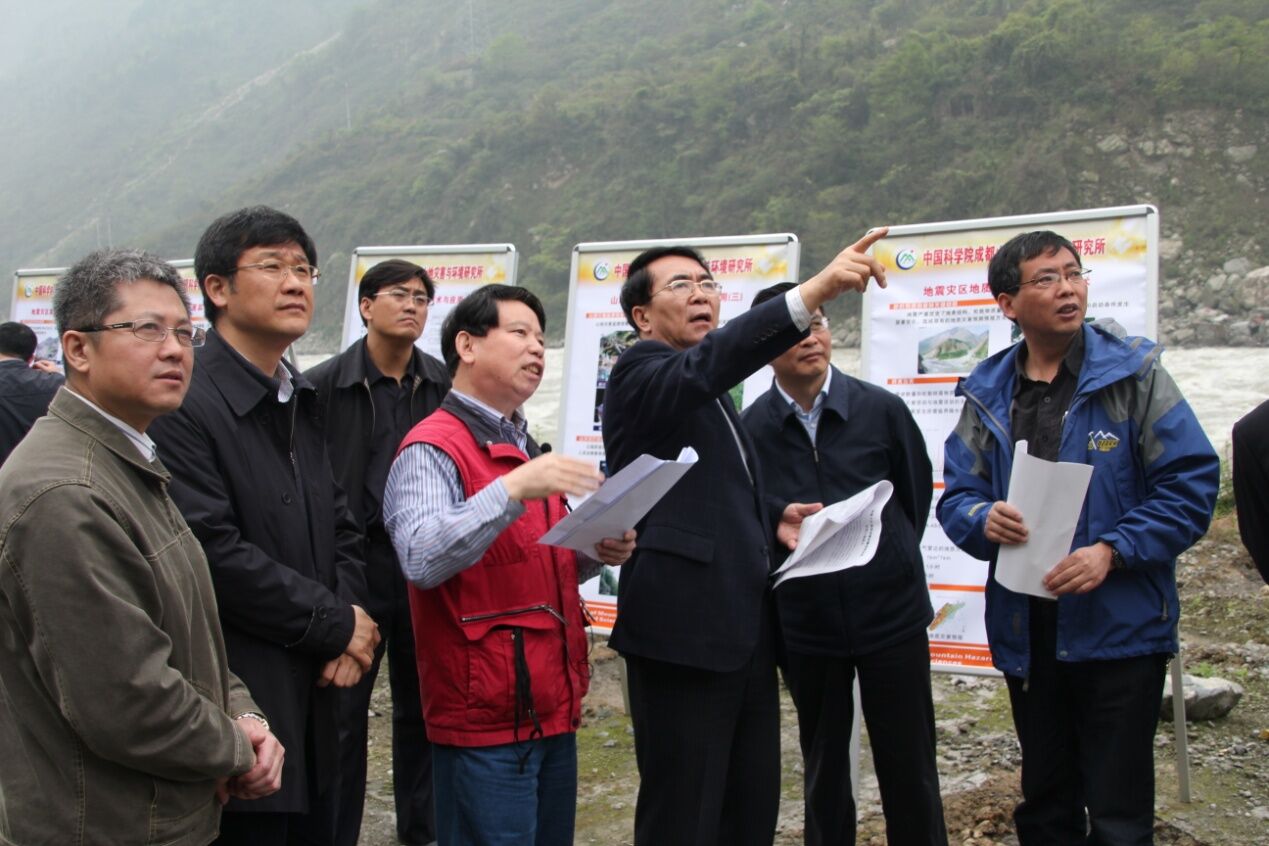Earth-surface mass flows such as debris flows, rock avalanches, and dam-break floods can grow greatly in size and destructive potential by entraining bed material they encounter, and accounting for the causes and effects of entrainment is one of the greatest challenges in modeling flow dynamics. Increasing use of depth-integrated mass and momentum conservation equations to model these erosive flows motivates a review of the underlying theory.
Recently, Dr. Richard Iverson of United States Geological Survey (USGS) and Dr. Chaojun Ouyang of Institute of Mountain Hazards and Environment, Chinese Academy of Sciences (IMHE) IMHE critically evaluate depth-integrated models of erosive mass flows by identifying constraints derived from a more comprehensive, two-layer, depth-integrated theory. The theory considers the interaction of a static layer of bed material with an overriding, mobile layer that may undergo changes in bulk density as it exchanges mass and momentum with the lower layer. The review indicates that many existing models apply depth-integrated conservation principles incorrectly, leading to spurious inferences about the role of mass and momentum exchanges at flow-bed boundaries. The analysis shows that erosion or deposition rates at the interface between layers must, in general, satisfy three jump conditions. These conditions impose constraints on valid erosion formulas, and they help determine the correct forms of depth-integrated conservation equations.
Depth-integrated conservation equations are widely used to model the behavior of Earth-surface mass flows that entrain bed material. Fundamental disparities in models’ governing equations can lead to large differences in numerical predictions that may involve millions of calculations of mass and momentum fluxes. Therefore, systematic comparison of existing equations and establishment of the correct forms of applicable equations are significant.
The research was partially supported by National Nature Science Foundation of China (grant No. 41101008).
The research has been published and can be open accessed in Reivews of Geophysics 53 (2015) (Link: http://onlinelibrary.wiley.com/enhanced/doi/10.1002/2013RG000447/ )
